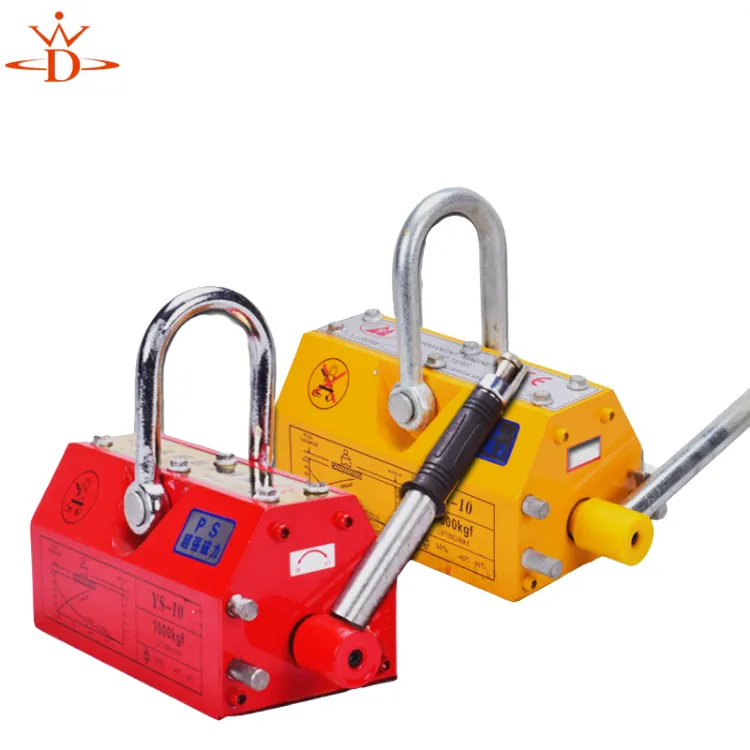gantry equipment
Understanding Gantry Equipment An Overview
Gantry equipment plays a vital role in various industries, particularly in manufacturing, construction, and logistics. This form of machinery is designed to facilitate the movement and handling of heavy loads, offering enhanced efficiency and safety in operations. In this article, we will explore the different types of gantry equipment, their applications, and the benefits they bring to various sectors.
What is Gantry Equipment?
Gantry equipment refers to a type of crane that consists of a frame, usually supported by legs on either side, from which a movable hoist or platform is suspended. The structure is designed to bridge over a specific area, allowing for vertical lifting and horizontal movement of materials. Gantry cranes can be powered manually or automatically, depending on the application.
Types of Gantry Equipment
Gantry cranes come in various designs, tailored to meet specific operational requirements. Here are some common types
1. Portable Gantry Cranes These are lightweight, easy to assemble and disassemble, making them ideal for small workshops or job sites. They can be moved easily and are often used for tasks where large cranes would be impractical.
2. Full-Height Gantry Cranes Designed for heavy-duty applications, these cranes provide substantial lifting capacity and height. They are commonly used in manufacturing environments where large components need to be moved and positioned accurately.
3. Semi-Gantry Cranes These cranes have one leg that runs on a track, while the other is fixed to a building or platform. This design allows for efficient use of space and is suitable for applications where overhead travel is limited.
4. Container Gantry Cranes Predominantly used in shipping ports, these cranes are specialized for lifting and positioning shipping containers. They feature robust designs capable of handling the weight and size of standard containers.
5. Industrial Gantry Systems These can include multiple gantries working in tandem for operations requiring extensive handling processes, such as assembly lines or large-scale production facilities.
Applications of Gantry Equipment
gantry equipment

Gantry cranes are utilized across a wide range of applications. In manufacturing, they are crucial for moving heavy parts through multiple stages of production. In construction, these cranes can lift materials to great heights, making them invaluable for tall structures. In the shipping industry, gantry cranes facilitate the loading and unloading of containers, significantly increasing operational speed and efficiency.
Moreover, gantry equipment is also commonly found in automotive workshops for lifting engines and other heavy components. They are essential for maintenance, repairs, and assembly tasks. In warehouses, gantry systems help streamline order fulfillment by allowing for quick retrieval and transport of large goods.
Benefits of Using Gantry Equipment
The use of gantry equipment offers several advantages
1. Increased Safety Gantry cranes minimize the risk of injuries associated with manual lifting. They are equipped with safety features such as limit switches and emergency stops to ensure safe operation.
2. Improved Efficiency By automating the lifting and moving process, gantry cranes significantly enhance operational efficiency. Tasks that would take hours manually can often be completed in minutes.
3. Versatility Gantry cranes can be adjusted for different heights and weights, making them suitable for a variety of tasks. Their capability to accommodate various attachments, such as hooks, slings, or spreader bars, makes them immensely adaptable.
4. Cost-Effectiveness Although the initial investment in gantry equipment can be substantial, the long-term savings in labor costs and increased productivity typically justify the expense. Additionally, the durability of these systems means they have long service lives, further enhancing their cost-effectiveness.
5. Space Optimization Gantry systems can be designed to fit specific areas, optimizing space utilization in warehouses and factories. They can work well both indoors and outdoors, adapting to different environments as needed.
Conclusion
In summary, gantry equipment is an indispensable part of modern industry. With various designs tailored to specific needs, these versatile cranes provide significant benefits in safety, efficiency, and cost-effectiveness. As industries continue to evolve, the role of gantry equipment will likely expand, further enhancing productivity and operational capabilities across multiple sectors. Whether in a factory, construction site, or logistics hub, gantry cranes will remain a cornerstone of material handling solutions for years to come.
-
Portable 2000 lb Gantry Crane | Heavy-Duty & AdjustableNewsAug.30,2025
-
Versatile Lifting Solutions with Gantry and Overhead CranesNewsAug.29,2025
-
The Versatile Mobile Gantry Crane SolutionNewsAug.29,2025
-
Reliable Movement with Heavy Machinery Skates and RollersNewsAug.29,2025
-
Reliable Lifting Performance with 2000 lb Gantry Crane and 2 Ton Overhead SystemsNewsAug.29,2025
-
Maximize Lifting Efficiency with PML Magnetic LiftersNewsAug.29,2025
-
Efficient Relocation Starts with Reliable Machinery MoversNewsAug.29,2025
